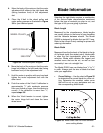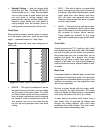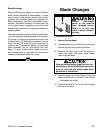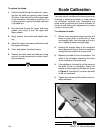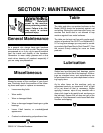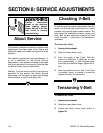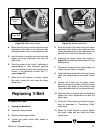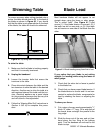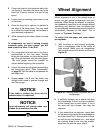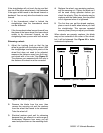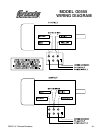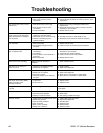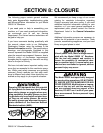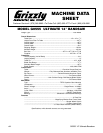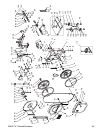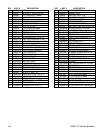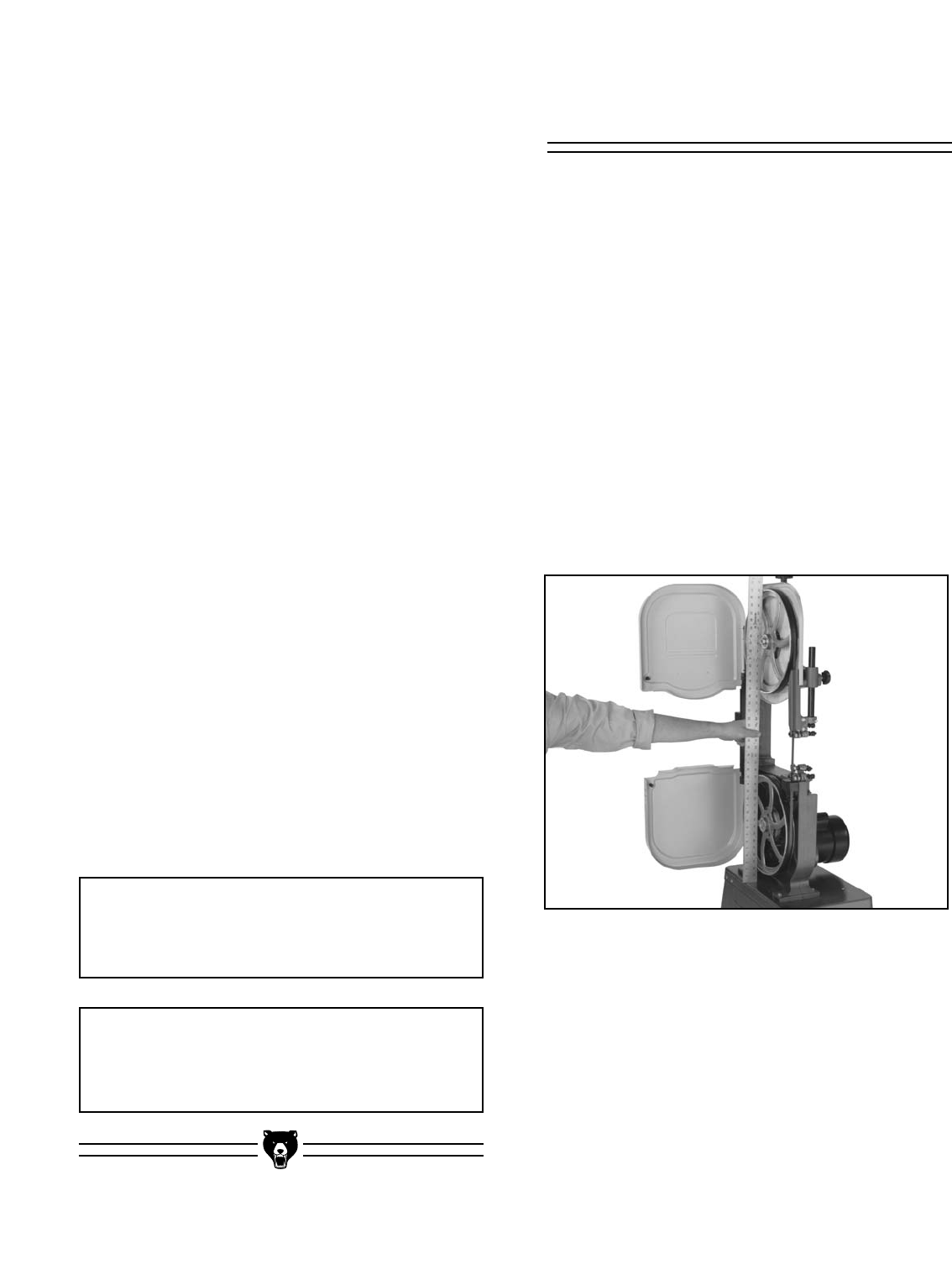
G0555 14" Ultimate Bandsaw -39-
Wheel Alignment
Wheel alignment is one of the easiest ways to
ensure you get optimal performance from your
bandsaw. When wheels are aligned, or coplanar,
the bandsaw is more likely to cut straight without
wandering; and vibration, heat, and blade wear
are considerably decreased because the blade is
automatically balanced on the wheel. This is
known as “Coplanar Tracking.”
To verify if the the upper and lower wheels
are coplanar:
1. With the blade on and properly tensioned,
hold a straightedge close to the center of
both wheels. Make sure the straightedge
fully extends across the wheels as shown in
Figure 42.
Figure 42. Checking wheel alignment with a
straightedge.
2. A perfectly coplanar set of wheels will allow
the straightedge to touch the top and bottom
of the outside rims on each wheel. If this is
the case with your wheels, then they are
coplanar.
3. If your wheels are not coplanar, check them
for adjustment by placing the straightedge on
the lower wheel first – ensuring that it touch-
es both the top and bottom rim – and adjust
the tracking knob to see how the straight-
edge lines up with the upper wheel.
NOTICE
Lead adjustments will change when new
blades are mounted on the saw.
NOTICE
If the table is shifted, the fence will be
affected since it is attached.
3. Clamp the board to the bandsaw table with-
out moving it. Now slide the fence over to the
board so it barely touches one end of the
board.
4. Loosen the four skewing cap screws on top
of the fence.
5. Skew the fence left or right so it is parallel to
the edge of the scrap piece. You may need
to re-adjust the fence locking mechanisms to
gain maximum adjustment.
6. While maintaining the skew, tighten the cap
screws.
To compensate for lead if making straight
crosscuts using the miter gauge, you will
need to shift the table. To do this:
1. On a scrap piece of wood, mark a line that is
perpendicular to the front edge. Starting
where the line begins, cut the board by push-
ing it through the blade with the miter gauge.
The miter gauge should be checked for
square before beginning this procedure.
2. Loosen the table mounting bolts according to
the instructions about “Table Adjustments”
on page 20. Shift the table to compensate for
the blade lead.
3. Repeat steps 1 & 2 until the blade cuts
straight when wood is pushed through with
the miter gauge.



